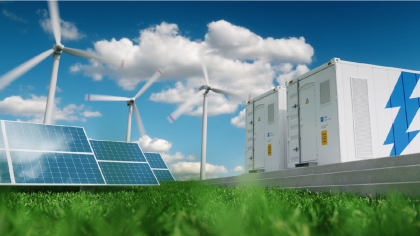Lithium-ion (Li-ion) batteries store electricity through a reversible chemical reaction. The basic components are a container, electrodes, and an electrolyte. By loading the battery, the electricity is transformed into chemical energy, while during discharge, electrochemical reactions occur at the two electrodes generating a flow of electrons through an external circuit (DNV KEMA, 2013). Li-ion batteries can be used for a variety of applications in large-scale energy storage such as frequency regulation, temporal storage and integrating renewables into the grid (making them more dispatchable). This factsheet focuses on power applications (
All information in the datasheets is also available in ESDL (Energy System Discription Language). You can find them in the Energy Data Repository (EDR).Gerelateerde publicaties

Ontwikkelingen collectieve warmtesystemen
Overzicht van actuele kennis en innovaties in vergevorderd stadium

Flexibiliteitsbehoefte en publieke belangen
Flexibiliteit in het elektriciteitssysteem - deel 1

Routekaart Energieopslag – voorjaar 2023
Zowel elektriciteitsopslag, moleculenopslag als warmteopslag zullen nodig zijn in ons energiesysteem